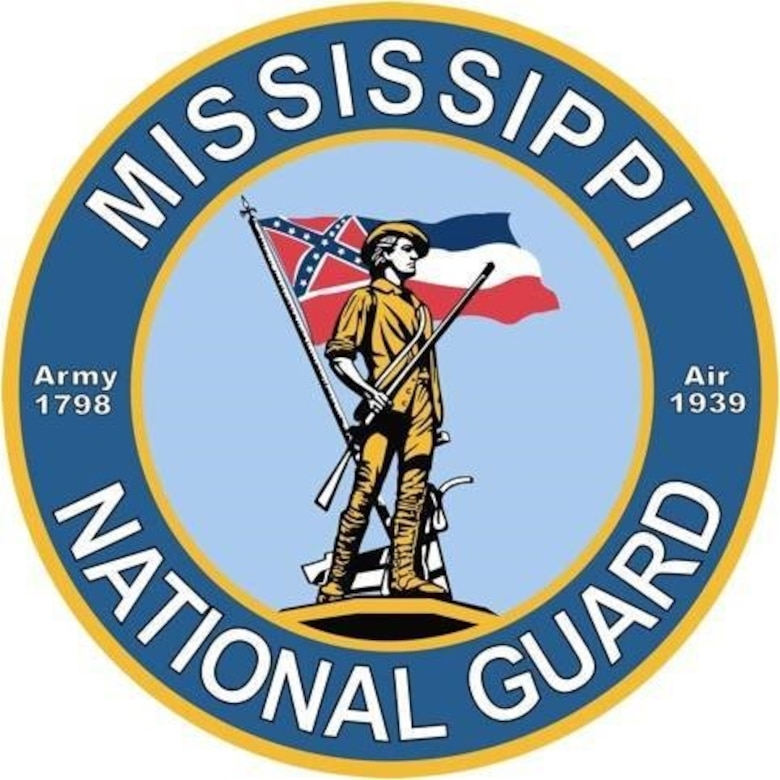By Army Staff Sgt. Scott Tynes, 102nd Mobile Public Affairs
Detachment
CAMP SHELBY, Miss. -- In August 2005, Hurricane Katrina
swept through the entire state of Mississippi, finally decreasing to a tropical
storm as it entered Tennessee. Its passing left 238 Mississippians dead, all 82
counties were officially declared disaster areas, and many coastal towns were
simply obliterated.
This month, Hurricane Gordon was threatening to do it again
-- at least on paper.
Joint Task Force Trident, the Mississippi National Guard’s
domestic response team, held an exercise June 4-8 at Camp Shelby Joint Forces
Training Center to test command and control of guardsmen deployed to assist
civilian authorities managing a statewide response to a natural disaster.
“We are not in control,” said Army Brig. Gen. Stanley
Budraitis, commander of JTF Trident and 66th Troop Command, the Mississippi Army
National Guard unit whose elements make up a large portion of the task force’s
personnel. “We get our missions from state and local authorities and we assist
them with personnel and equipment as best we can.”
Army and Air National Guard elements of the task force
include military police, engineers, helicopters and other personnel and
equipment that can support civil authorities through a wide range of recovery
operations. These capabilities include law enforcement support, debris removal,
search and rescue, route reconnaissance, and point of distribution sites, among
others.
Multiple Agencies
Trident Shield 18 tested the task force’s abilities to stage
personnel and equipment prior to the storm, respond to requests for assistance
from the Mississippi Emergency Management Agency and other local authorities,
coordinate activities with the civil agencies, and how to disengage when
immediate, short-term assistance is no longer necessary.
This is a true joint multi-agency response scenario,” said
Army Lt. Col. Henry Palmer, the task force’s operations officer. “We have
incorporated MEMA, the Air Guard, the Mississippi State Guard, local agencies
and first responders, and [U.S. Northern Command] into our exercise. This gave a very new staff a chance to work
through challenges and better understand the capabilities of our agency
partners and what they bring to the fight.”
The exercise also introduced JTF Trident to the Domestic
Operations Awareness and Assessment Response Tool. DAART is a web-based
geospatial intelligence capability designed, developed and operationalized by
the National Guard Bureau Joint Intelligence Directorate in partnership with
the U.S. Army Space and Missile Defense Command. DAART provides both civil and
military first responders the capability to process and share enhanced
situational awareness information.
“What we learned about this system probably just scratched
the surface of its capabilities,” Palmer said. “One of the most intriguing features
that I learned was the ability to switch between ARC GIS map layers and Google
Map overlays. In other words, I can update an overlay in Google Maps, then
switch the view on the screen to ARC GIS and the update carries over. The
system is dynamic and allows the commander the flexibility to customize the
view that is important to him.”
Integrating DAART into Trident’s capabilities was an
important element of the exercise, Palmer said, but it was more crucial to
focus on coordination among the different entities of the task force and to
plan for potential contingencies that could occur in an actual disaster
response.
The practice could prove to be the difference between life
and death of Mississippians when the next Hurricane Katrina hits.









No comments:
Post a Comment